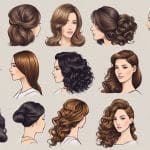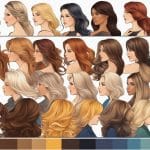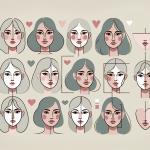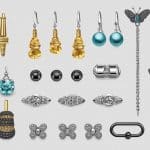Types Of Brown
Brown is a color that is often associated with warmth, comfort, and stability. It is a versatile color that can be used in a variety of settings, from fashion to interior design. Understanding the different types of brown and their characteristics can help individuals make informed decisions when it comes to incorporating the color into their lives.
Natural browns are those that are found in nature, such as wood, stone, and soil. These browns can range from light tan to dark brown and can have different undertones, such as red, yellow, or green. Brown is a common color in nature, and understanding the different shades and hues can help individuals appreciate the beauty of the natural world.
Shades of brown can also be used in design to create different moods and atmospheres. Lighter shades of brown, such as beige and taupe, can create a calming and relaxing environment, while darker shades, such as chocolate and espresso, can create a sense of luxury and sophistication. By understanding the different shades of brown and their effects, individuals can use the color to create the desired atmosphere in their spaces.
Key Takeaways
- Brown is a versatile color that is associated with warmth, comfort, and stability.
- Natural browns can be found in nature and range from light tan to dark brown with different undertones.
- Shades of brown can be used in design to create different moods and atmospheres.
Understanding Brown
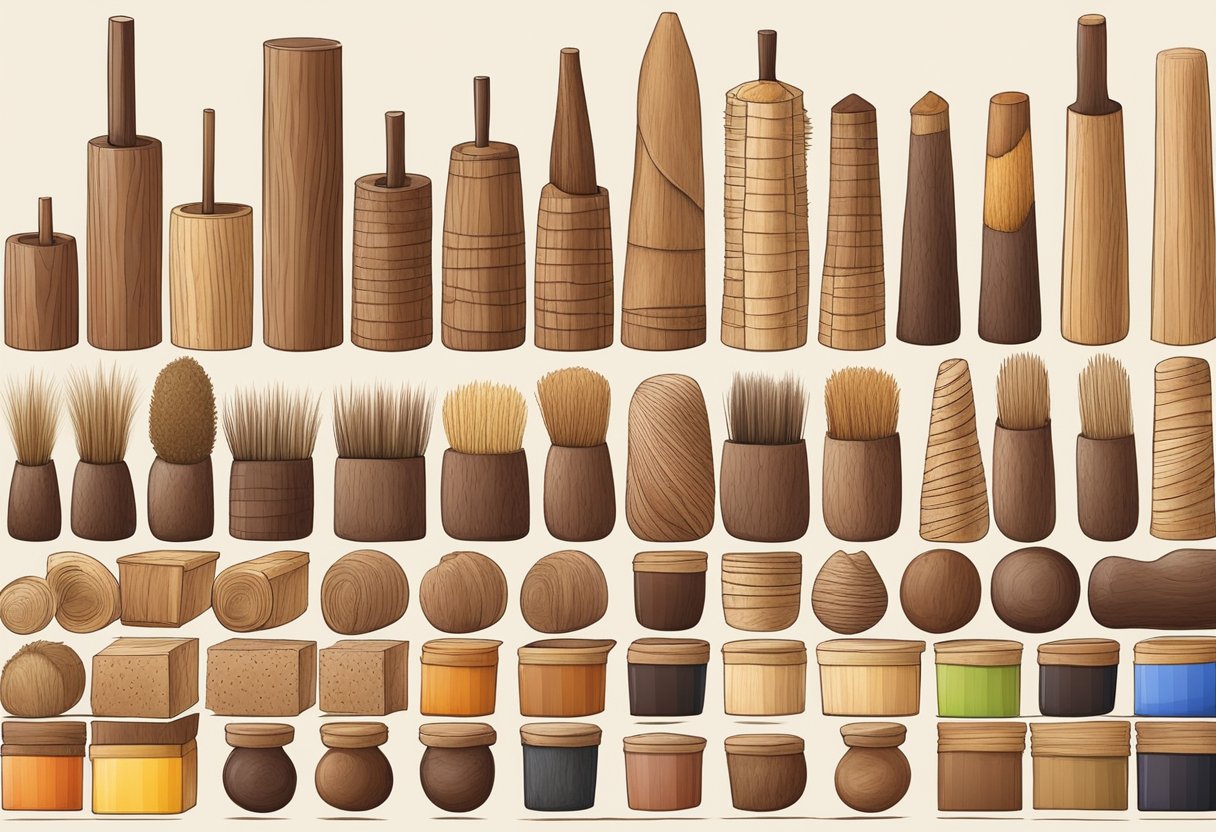
Brown is a composite color that is created by mixing different hues of red, yellow, and blue. The color brown is often associated with the earth, nature, and the environment. It is a warm, comforting color that can create a sense of stability and security. Brown is a versatile color that can be used in a variety of settings and can be paired with many other colors.
There are different shades of brown that can be created by adjusting the amount of red, yellow, and blue in the mixture. Browns can be light or dark, reddish, yellowish, or gray-brown. The same shade of brown can have different names on different color lists, and sometimes one name can refer to several different colors.
In the CMYK color model, brown is created by combining black and orange, while in the RGB color model, brown is created by combining red and green. Brown is often used in design and art to create a sense of warmth, stability, and comfort. It can be used to create a natural and earthy feel, or it can be paired with brighter colors to create a more vibrant and energetic look.
The different shades of brown can be used to create a variety of moods and atmospheres. Lighter shades of brown can create a sense of warmth and comfort, while darker shades can create a more serious and sophisticated feel. Earthy shades of brown can be used to create a natural and organic look, while warmer shades can create a more inviting and cozy feel.
In summary, brown is a versatile and comforting color that can be used in a variety of settings and can be paired with many other colors. The different shades of brown can create different moods and atmospheres, and can be used to create a natural and earthy feel or a more vibrant and energetic look.
Natural Browns
When it comes to natural browns, there are several sources that provide a wide range of shades. In this section, we will explore some of the most common sources of natural browns, including wood tones, soil and earth, and plant and animal colors.
Wood Tones
Wood is a natural source of brown tones and provides a wide range of shades, from light to dark. The color of wood varies depending on the type of tree, age, and how it is processed. For example, the bark of a tree is usually darker than the wood inside. Some common types of wood that provide brown tones include walnut, oak, and acorn.
Soil and Earth
Soil and earth are another natural source of brown tones. The color of soil and earth varies depending on the location and the minerals present. Some common shades of brown found in soil and earth include dirt, clay, and sand. These colors are often used in interior design to create a warm and natural feel.
Plant and Animal Colors
Plants and animals also provide a wide range of brown tones. For example, green plants often have brown stems and leaves, while brown bears and deer have brown fur. Some other common sources of brown tones from plants and animals include almond and bark.
Overall, natural browns are a great way to bring warmth and a natural feel to any space. Whether it’s the color of wood, soil, or plants and animals, there are many shades to choose from that can complement any design style.
Brown in Design
Brown is a versatile color that can be used in various design fields, including interior design, fashion and textiles, and branding and marketing. Below are some of the ways brown is used in these design fields.
Interior Design
Brown is a popular color in interior design, as it can create a warm and inviting atmosphere. It can be used as a neutral color to complement other colors or as the main color in a room. Shades of brown such as sand, taupe, khaki, beige, champagne, cinnamon, cognac, ecru, and fawn are commonly used in interior design.
In interior design, brown can be used in various ways. For example, it can be used on walls, furniture, and accessories. Brown also pairs well with other colors, such as blue, green, and orange.
Fashion and Textiles
Brown is a popular color in fashion and textiles, as it can create a classic and timeless look. It is often used in clothing, shoes, and accessories. Shades of brown such as sand, taupe, khaki, beige, champagne, cinnamon, cognac, ecru, and fawn are commonly used in fashion and textiles.
In fashion and textiles, brown can be used in various ways. For example, it can be used as the main color in an outfit or as an accent color. Brown also pairs well with other colors, such as black, white, and red.
Branding and Marketing
Brown is a popular color in branding and marketing, as it can create a sense of warmth and reliability. It is often used by companies in the food and beverage industry, such as coffee shops and chocolate companies. Shades of brown such as sand, taupe, khaki, beige, champagne, cinnamon, cognac, ecru, and fawn are commonly used in branding and marketing.
In branding and marketing, brown can be used in various ways. For example, it can be used in a company’s logo, packaging, and advertising. Brown can also be used to create a sense of luxury and sophistication.
Shades of Brown
Brown is a versatile color that can be described in many different ways. From light to dark, from reddish to yellowish, there are many different shades of brown to choose from. In this section, we will explore some of the most common shades of brown, including dark browns, light browns, and reddish browns.
Dark Browns
Dark browns are rich, deep shades of brown that are often associated with chocolate, coffee, and mahogany. These colors are great for creating a warm, cozy atmosphere in a room. Some common dark brown shades include saddle brown, burnt umber, and sienna.
Light Browns
Light browns are soft, muted shades of brown that are often associated with caramel, chestnut, and warm brown. These colors are great for creating a natural, organic feel in a room. Some common light brown shades include russet, auburn, and beige.
Reddish Browns
Reddish browns are warm, earthy shades of brown that are often associated with copper and red brown. These colors are great for creating a bold, dramatic feel in a room. Some common reddish brown shades include chocolate, caramel, and mahogany.
Overall, there are many different shades of brown to choose from, each with its own unique characteristics and associations. Whether you are looking for a warm, cozy feel or a bold, dramatic look, there is a shade of brown that will work for you.
Brown in Culture and Expression
Brown is a color that has been used in various cultural contexts and expressions. The following are some examples of how brown is represented in different areas:
Food and Beverages
Brown is often associated with food and beverages. Some popular examples include cocoa, brown coffee, brownies, latte, kobicha, and mocha. These items are typically brown due to the presence of cocoa or coffee beans, which are roasted to achieve the desired color.
Animals
Brown is a common color for animals, including beavers, buffaloes, and some types of dogs. Additionally, the term “brown” is often used to describe the color of an animal’s fur or skin, such as “brown bear” or “brown horse.”
Fashion and Design
Brown is a popular color in fashion and design. It is often used in clothing items such as coats, boots, and bags. Some popular shades of brown include rust, oxblood, cognac, and burnt sienna. Brown is also commonly used in interior design, particularly in wood furniture and flooring.
Art and Photography
Brown is a popular color in art and photography. The sepia tone, which is a brownish-gray color, is often used to give photos a vintage or nostalgic look. Additionally, brown is sometimes used as a base color for paintings, particularly in landscapes.
Overall, brown is a versatile color that is used in a variety of contexts. Its associations with food, animals, fashion, and art make it a popular choice for many different purposes.

